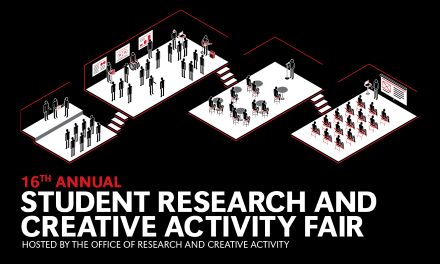The effects of three different visual biofeedback strategies on reducing joint loading asymmetries during bilateral squats in individuals with ACL reconstruction
Advisor Information
Brian Knarr
Presentation Type
Poster
Start Date
26-3-2021 12:00 AM
End Date
26-3-2021 12:00 AM
Abstract
Joint loading asymmetry that off-loads the surgical limb is still present 2 years after ACL reconstruction (ACLR). The purpose of this study was to identify the effect of three different visual biofeedback strategies on reducing joint loading asymmetry during bilateral squats in individuals with ACLR. One male recreational soccer player (age 20 yrs; mass 86.5 kg) and one female high school soccer player post ACLR (age 16 yrs; mass 64.8 kg; 8-month post ACLR) were analyzed for this study. Participants were asked to perform 3 sets of 5 consecutive squats with each foot on a separate force plate for each condition: 1. natural, 2. vertical ground reaction force (vGRF), 3. center of pressure (COP), 4. vGRF+COP. Two circles displayed on a monitor were used to represent vGRF for each limb. A straight line and dashed line (reference line) were displayed on a monitor for COP condition. For the GRF + COP condition, both two circles and a straight line were used. The surgical limb to nonsurgical limb ratio (nondominant to dominant limb for recreational athlete) was used to characterize limb loading symmetry (LLS) and peak knee extensor moment (reported as internal moment). Three different visual biofeedback strategies improved limb loading symmetry and knee extensor moment symmetry in the ACLR patient. Peak knee extensor moment between limb ratio improved the most when receiving vGRF feedback. Additional analysis is required to determine the effect of three different visual biofeedback strategies on reducing joint loading asymmetry in individuals with ACLR during bilateral squats.
Scheduling Link
1
The effects of three different visual biofeedback strategies on reducing joint loading asymmetries during bilateral squats in individuals with ACL reconstruction
Joint loading asymmetry that off-loads the surgical limb is still present 2 years after ACL reconstruction (ACLR). The purpose of this study was to identify the effect of three different visual biofeedback strategies on reducing joint loading asymmetry during bilateral squats in individuals with ACLR. One male recreational soccer player (age 20 yrs; mass 86.5 kg) and one female high school soccer player post ACLR (age 16 yrs; mass 64.8 kg; 8-month post ACLR) were analyzed for this study. Participants were asked to perform 3 sets of 5 consecutive squats with each foot on a separate force plate for each condition: 1. natural, 2. vertical ground reaction force (vGRF), 3. center of pressure (COP), 4. vGRF+COP. Two circles displayed on a monitor were used to represent vGRF for each limb. A straight line and dashed line (reference line) were displayed on a monitor for COP condition. For the GRF + COP condition, both two circles and a straight line were used. The surgical limb to nonsurgical limb ratio (nondominant to dominant limb for recreational athlete) was used to characterize limb loading symmetry (LLS) and peak knee extensor moment (reported as internal moment). Three different visual biofeedback strategies improved limb loading symmetry and knee extensor moment symmetry in the ACLR patient. Peak knee extensor moment between limb ratio improved the most when receiving vGRF feedback. Additional analysis is required to determine the effect of three different visual biofeedback strategies on reducing joint loading asymmetry in individuals with ACLR during bilateral squats.

